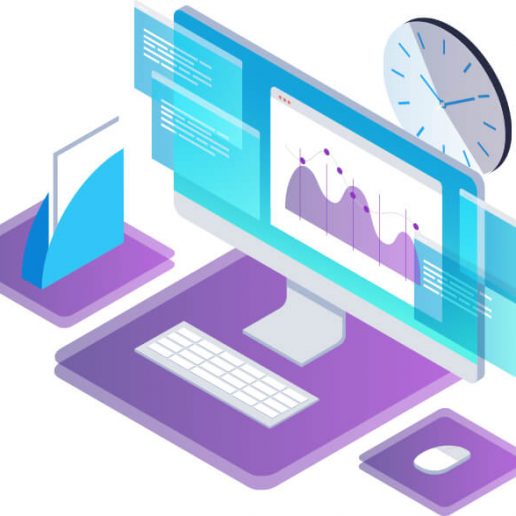Related Articles
How would you feel if your doctor gave you the wrong medication?
Your Drupal site will feel the same way if you do not take care of it as it is supposed to be taken care of!
Your website will not perform as it should if you do not take proper care and fix issues as soon as possible. So, what you need to do is filter the issues that appear in your site.
 But how will you know what went wrong and why? This blog is here to help you do just that!
But how will you know what went wrong and why? This blog is here to help you do just that!
Not Installing All Necessary Updates
One of the main reasons your Drupal website may be lacking performance is, you are neglecting important updates.
Updates are necessary to keep your system running smoothly.
Neglecting updates can take many forms. You might have been keeping Drupal Core and Contrib Drupal Security Advisory in the low priority list of your updates.
On the other hand, you might be installing the updates, but selectively, which we highly discourage. The longer you deflect the updates, the higher the chance of a security breach.
For example, if you have been neglecting updates long enough that your Drupal Core is older than version 7.32, you might be the next target for a Drupaggedon attack!
Keeping Unnecessary Stuff
Not keeping the track of modules or themes you are using can lead to catastrophic performance drop on your Drupal site.
Suppose, you built some modules to check their functionality. You test them, you like them, but you never use them. What will happen? You will get poor site performance, running risks of a high-security breach and unnecessary overhead. All this hassle because your database is dragging loads of unnecessary source codes.
There might be some themes that are just there since the beginning and you completely forgot about them. It is a bigger risk if someone from your team is not checking these modules with Drupal Security Advisory. Uninstall them as soon as you can.
This is one of the top mistakes you can make with a Drupal site. If taken care properly, you will notice an instant boost in site performance and a better file system. You will not regret the end result.
Keeping PHP Filter Module Enabled
You are safe if you run a Drupal Core 8 or later version of the website. Because older version users tend to enable the PHP filter module. This is a huge mistake when it comes to the performance of your site.
Users with bad intentions can easily run their PHP codes via this platform which is a huge security risk. Another reason is, if you enabled it once, it will be a challenge to disable because you will need to go through all the contents of your site.
If you skip this step for long enough, you run the risk of showing your PHP codes in plain text on your site, so disable it now!
Incorrect JS/CSS Aggregation Settings
If your website’s JavaScript or CSS files are properly configured, you are good to go. But, if they aren’t, your site has to process a lot more requests than it should. That will directly result in site degradation.
Overusing User Role Systems
It is one of the most common Drupal mistakes that website owners make.
It happens when the stock user role systems do not match with what you need and you take the liberty to create some of your own. But the problem with this is, you might to force edit every user role individually whenever you need to update the permission systems.
If not properly configured, this can also induce a great security breach into your system. Furthermore, it will definitely affect your website’s performance because you are tweaking every possible settings in the user role area.
Disabling HTML Filters
Not configuring the HTML input formal properly is another very common mistake that Drupal website owners make. It is advised that the HTML input is only restricted to trusted users. If not, you run a risk of injecting unwanted and malicious HTML codes into your website directly.
What you can do to avoid this threatening situation is filter the user and specific code segments and tags that someone can write. Make sure the custom and default tags are properly filtered so you do not run into any unnecessary security risks.
To ensure you haven’t already poisoned your site with any malicious codes, run through your database thoroughly and remove any unwanted code segments.
Using Too Many Database Content Types
If you are using far too many content types in your database, you are probably hampering the website performance yourself and paying more for no apparent reason.
If the condition is true, you need to take some actions right away. You are unnecessarily burdening your database and your content editors. They have to go through a number of complex content types and it is a source of time loss.
What you can do is remove any content types you do not actually need and make an inventory of your existing content types. Sort them and live a happy life!
If you think you’ve already made any of the mistakes we mentioned above, don’t worry: there is still time to fix them! But remember, the best way to cure a problem is to prevent it. So, if you plan on developing a Drupal site yourself, keep an eye our for these mistakes and keep all the things updated. With a little bit of extra effort, your website will run a lot faster and optimized.
On the other hand, if you’re looking to hire experienced Drupal developers who know all these pitfalls and will build you a top-notch site free from all these mistakes, get in touch with Syncoria! We have built and managed some of the biggest Drupal sites out there, and we’ll be happy to work with you to build yours too!




